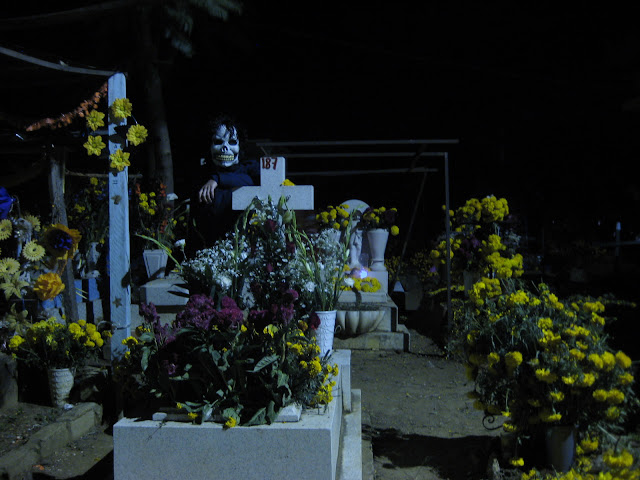
Siena cathedral, 1372. A king sits looking down from his architecturally permanent throne, dressed in robes and holding a globe. To the East and South men are clinging on as they plummet towards rock-bottom, their robes and wild hair billowing and blowing, at the West, with great toil, his legs wrapped around the slippery wheel and his arm gesturing upwards, a man is emerging from his nadir, reaching in longing for emergence and salvation.
Looking at the image, one cannot tell whether it is the wheel that turns, the men merely able to cling on wherever it takes them, unwittingly emerging in the courts of kings and then inexplicably being cast down again, the relentless comedy of their lives as inevitable as the repeated crushing of an ant stuck to a wheel; or if it is the wheel which is motionless and the men who endlessly pull themselves along, all their effort spent in seeking the next summit, yet disorientated enough to be unaware of whether this summit is above or below. They crawl along this Sisyphean track, round and round, this way and that on the möbius of life, in their own cycles of fulfillment, hubris, calumny and infamy.
The king alone seems secure, seated as he is, uniquely stationary, poised, phlegmatic, as you may expect the patron’s image to be. Or perhaps of all men he is just the least aware of the nosedive which inevitably awaits him, blindfolded by hubris, oblivious to his imminent fall: as The Fool skips gaily to his doom, The King sits still as his mundane greatness rotates and is ground into dust, half sunk, his visage shattered.




No comments:
Post a Comment